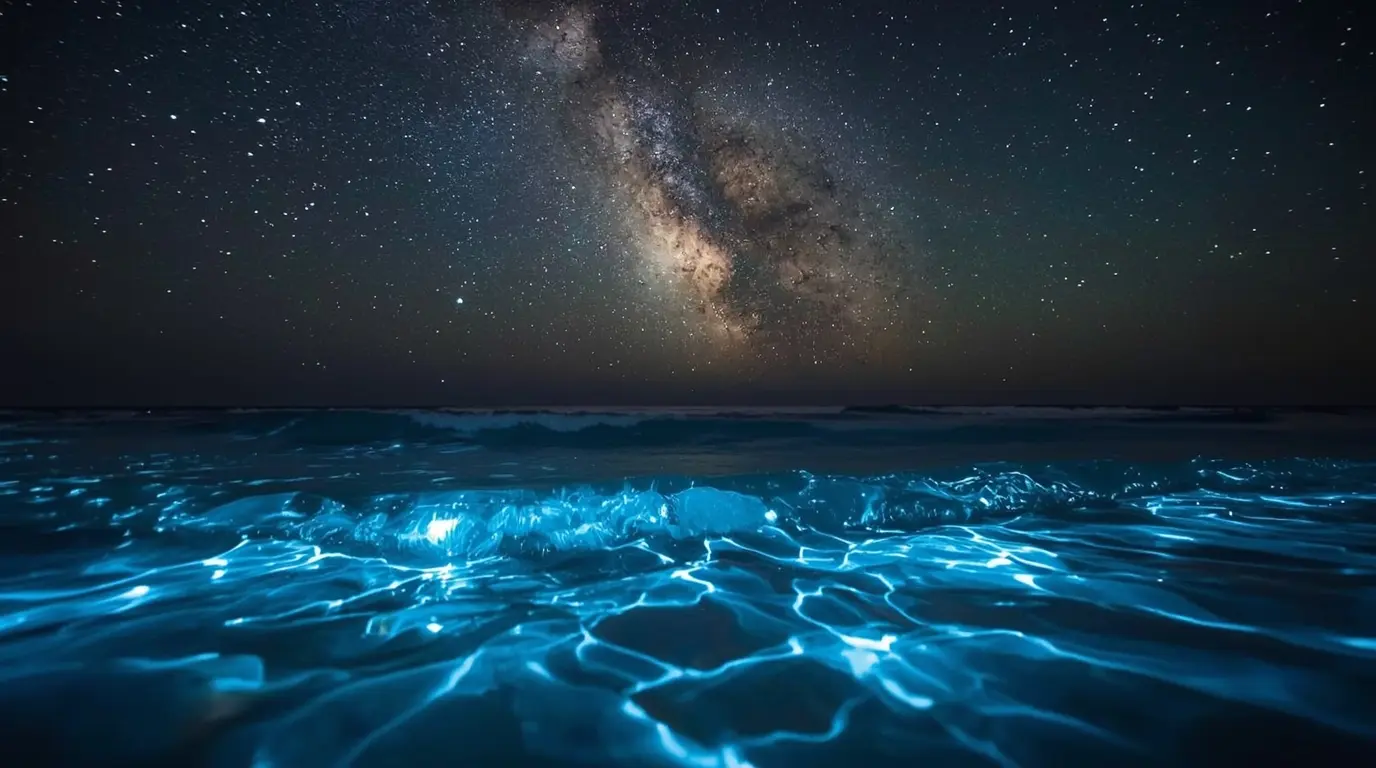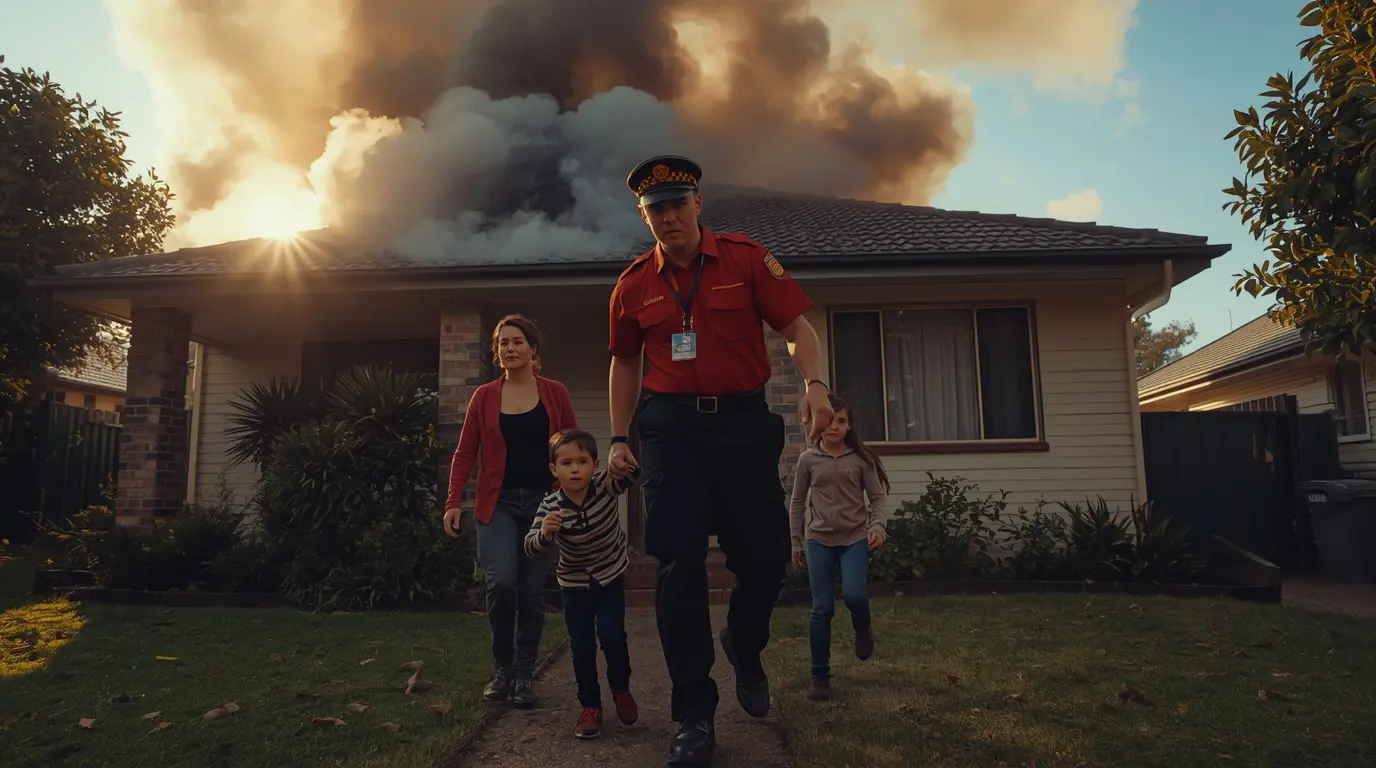Introduction
St. Kilda Beach in Melbourne is currently awash with bright electric blue waves. Both residents and visitors are stunned by this visual feast—but this dazzling glow comes with a backstory. The blue light is produced by tiny organisms called bioluminescent algae. The specific species showing up now is Noctiluca scintillans, which is sometimes nicknamed “sea sparkle.” When a wave splashes or a foot steps in the sand, the algae light up, transforming the beach into a liquid night sky.
Behind the beauty, though, we also find a tale about warming waters, fragile marine ecosystems, and how everything is linked. In the paragraphs ahead, we’ll demystify how this algae glows, explore why we are seeing more of it in Australia lately, and highlight the wider ocean health story it is telling.
What Are Bioluminescent Algae?
Deep in the ocean, a microscopic light show is being produced by tiny algae. These organisms contain special chemicals and enzymes that, when mixed, create brilliant blue light. The glowing starts with a compound called luciferin and the enzyme luciferase, which speeds up the chemical reaction. A splash, a wave, or even the movement of a tiny fish triggers the algae to glow. The light either scares off smaller predators or lures in bigger fish that munch on the smaller predators first.
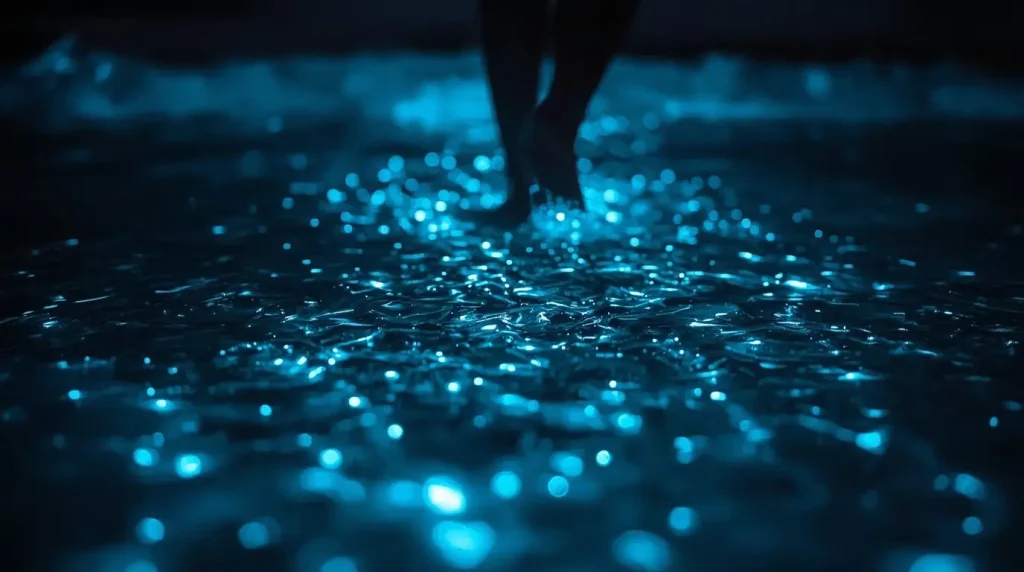
In Australia, Noctiluca scintillans is the star performer. By day, it looks like a cloudy pinkish-orange stain in the water, but as night falls—it transforms, bursting into a glowing blue river that mesmerizes anyone strolling the shore.
Recent Sightings in Australia
St. Kilda Beach, Melbourne
Early September 2025 flipped St. Kilda Beach into a scene straight out of a sci-fi movie. Marine ecologist Richard Pensak, who leads Earthcare St Kilda, spotted the glowing algae for the first time on a September Sunday. By sunset, he described the growing bloom as “cosmic and magical,” and the beach buzzed as onlookers arrived in waves. The glow soon traveled up Melbourne’s north-western shoreline, bringing thousands more to the same aqua-lit strip.
Other Australian Hotspots
Don’t think St. Kilda has a monopoly: glowing algae, or bioluminescence, love Australian waters. Look for the sparkle in:
Jervis Bay, New South Wales: Year in and year out, the glow at Hyams and Blenheim Beaches earns the bay its “cosmic” nickname.
Gippsland Lakes, Victoria: Summer nights light up for kayakers who glide into the neon glow while paddling.
Tasmania: Frequent flashes pop up in the Derwent and the East Coast, hunting clouds and fresh rain.
South Australia: More of a rarity, whispers of glow arrive now and then at Waitpinga Beach and Port Lincoln.
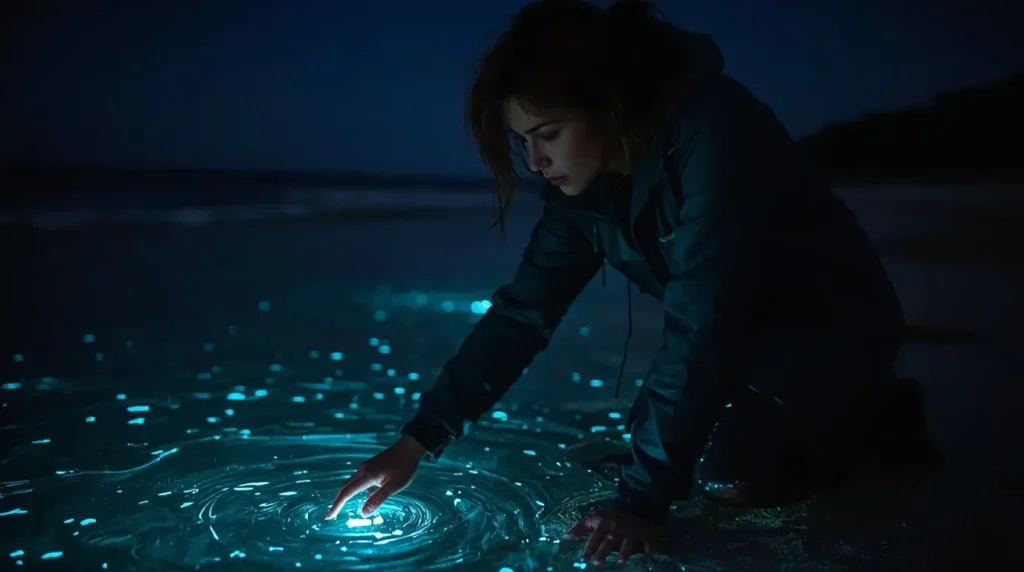
The Climate Change Connection
Warming Oceans and Algal Blooms
Bioluminescent algae, those glimmering specks that light up the water, have always been part of the ocean’s makeup. Lately, though, they’re showing up everywhere and glowing harder than they did in the 1990s. Scientists think warmer ocean water is the key, making the perfect space for algae to thrive. Heat reduces the mixing of ocean layers, so nutrients get concentrated in small areas instead of spreading out. These nutrient hotspots let the glowing algae outnumber the other critters. “You can see them surging farther south now, even reaching Tasmania,” says Shauna Murray, a marine biologist at the University of Technology Sydney.
Ocean Acidification and Light Intensity
At the same time, extra CO₂ is making the ocean more acidic. This twist also messes with how brightly these glowing organisms light up. At a recent biology conference, a study found that lower ocean pH can speed up, slow down, or even shade bioluminescent signals. The sea firefly, for instance, became 20% brighter when pH dropped, while the firefly squid lost 70% of its glow. The change could trick fish looking for a mate or confuse predators tracking a fleeing meal.
Ecological Impacts
Potential Hazards
Nights when the waves shimmer with bioluminescent blue may look magical, yet these algae can secretly sicken ocean ecosystems. The species Noctiluca scintillans builds up ammonia, sucking oxygen from the water, which can suffocate fish and other sea creatures. In supersized blooms, these outbreaks appear as “red tides” and can secrete chemicals that sting skin and target the nervous systems of fish. Recent events off South Australia, including a surge of Karenia mikimotoi, ruined fish farms and turned colorful coral gray, showing how an algae party can turn into a funeral procession for reefs. Takeaway? Those sparks in the dark might have a very harsh price sheet.
Balancing Beauty and Danger
The water’s neon glow is hard to resist—who wouldn’t want to wade into a star-studded sea? Still, scientists urge patience. Touching or, worse, swallowing water crawling with these little lights can lead to rashes, vomiting, or, in rarer cases, even respiratory distress. To soak in the show without a price tag, leave the flickering tide untouched, snap photos from the beach, and let the glow stay a beautiful mystery.
The Role of Bioluminescent Algae in Research and Innovation
Sustainable Applications
Bioluminescent algae are more than just glowing waves. Scientists are now harnessing their shimmering talent to power real-world ideas. Imagine glowing sidewalks or walls inside businesses that light up naturally—no outlets needed. Beyond decoration, glowing algae are guiding clean-water science. Special sensors containing these tiny light-producers can spot dangerous substances in rivers and lakes and flash a warning, all aligned with the United Nations goal to ensure clean water by 2030.
Citizen Science and Community Involvement
The glow in the dark fascination isn’t limited to labs. Apps like iNaturalist let anyone walking a beach snap a photo and report a bloom. Your upload becomes data, helping scientists understand when and where these shining shows happen. In Australia, Facebook groups share bloom alerts faster than the tide rolls in, so you know where the next glow spot will be.
How to See Bioluminescent Algae Safely
Best Viewing Practices
Want to see these glowing algae light up the water? Follow these tips to catch the best and stay safe:
- Timing: Pick a beach between November and April, right after sunnier, wind-free days or a gentle rainfall.
- Location: Head to dark, clean-water spots like Jervis Bay or Gippsland Lakes.
- Safety: Stand on the shore—keep your hands out of the glowing water to protect both your skin and the algae.
Photography Tips
To photograph bioluminescent algae well, you’ll need to wait and be precise. A sturdy tripod is a must, because shaky hands can ruin the glow. Set your camera to a long exposure—try 10 to 20 seconds. That way, the camera gathers enough light without capturing too much noise. If you’d like to see excellent examples, search for Chatwin Photography —wait until you see their glowing shore shots!
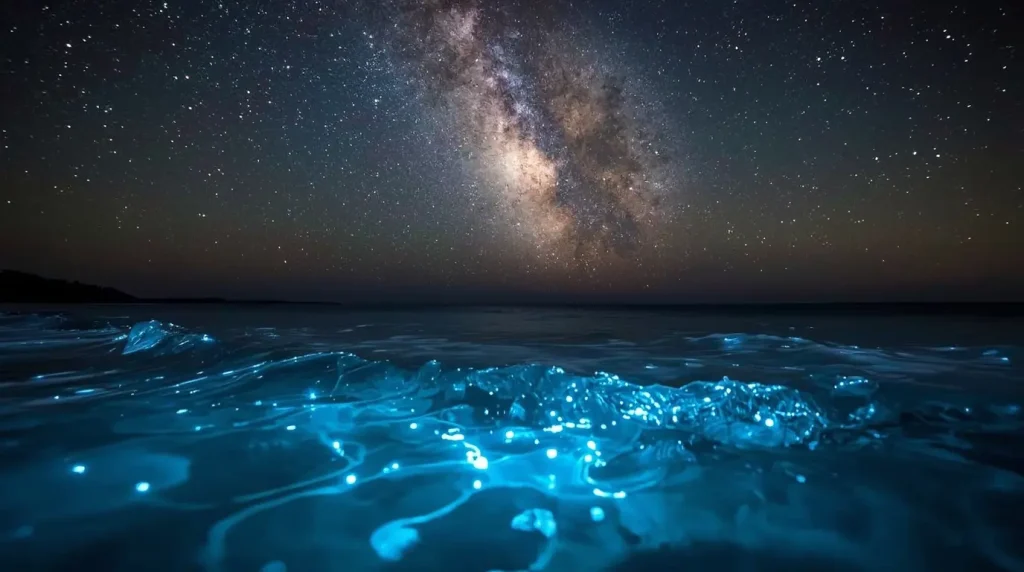
Conclusion
Seeing glowing algae on Australia’s beaches is like being a guest in nature’s light show. Their flickering blue-green waves remind us both to celebrate our planet’s magic and to watch for warning signs. More algae appear lately because our oceans are changing, a nudging message about climate change. If we enjoy the glow without touching it and speak up for eco-friendly choices, we’ll leave a glowing legacy for the next generation. Let’s make sure they gaze at the same luminous shoreline in wonder.
Source: https://edition.cnn.com/2025/09/02/climate/bioluminscent-algae-australia-beach-warming-ocean
For more incredible stories of everyday news, return to our homepage.


